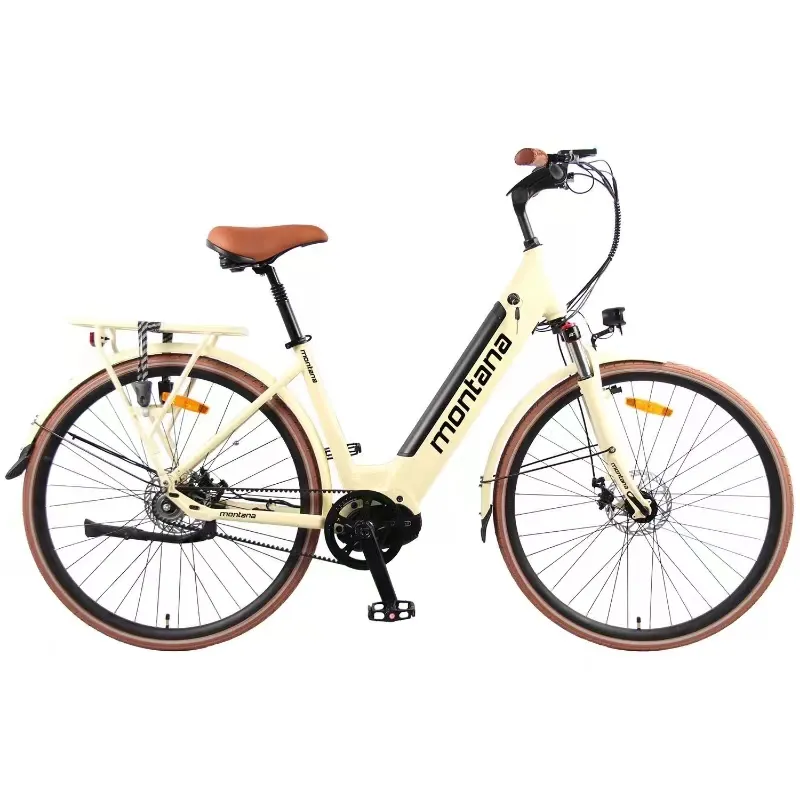
- Afrikaans
- Albanian
- Amharic
- Arabic
- Armenian
- Azerbaijani
- Basque
- Belarusian
- Bengali
- Bosnian
- Bulgarian
- Catalan
- Cebuano
- Corsican
- Croatian
- Czech
- Danish
- Dutch
- English
- Esperanto
- Estonian
- Finnish
- French
- Frisian
- Galician
- Georgian
- German
- Greek
- Gujarati
- Haitian Creole
- hausa
- hawaiian
- Hebrew
- Hindi
- Miao
- Hungarian
- Icelandic
- igbo
- Indonesian
- irish
- Italian
- Japanese
- Javanese
- Kannada
- kazakh
- Khmer
- Rwandese
- Korean
- Kurdish
- Kyrgyz
- Lao
- Latin
- Latvian
- Lithuanian
- Luxembourgish
- Macedonian
- Malgashi
- Malay
- Malayalam
- Maltese
- Maori
- Marathi
- Mongolian
- Myanmar
- Nepali
- Norwegian
- Norwegian
- Occitan
- Pashto
- Persian
- Polish
- Portuguese
- Punjabi
- Romanian
- Russian
- Samoan
- Scottish Gaelic
- Serbian
- Sesotho
- Shona
- Sindhi
- Sinhala
- Slovak
- Slovenian
- Somali
- Spanish
- Sundanese
- Swahili
- Swedish
- Tagalog
- Tajik
- Tamil
- Tatar
- Telugu
- Thai
- Turkish
- Turkmen
- Ukrainian
- Urdu
- Uighur
- Uzbek
- Vietnamese
- Welsh
- Bantu
- Yiddish
- Yoruba
- Zulu
Jul . 23, 2024 14:40 Back to list
Exploring the Benefits and Uses of Electric Bikes for Sustainable Urban Transportation Solutions
The Rise of E-Bike Cycling Revolutionizing Urban Transportation
In recent years, electric bicycles, commonly known as e-bikes, have experienced a surge in popularity across the globe. This innovative mode of transportation combines the convenience of traditional cycling with the added power of an electric motor, catering to a wide range of riders. The rise of e-bikes is not only transforming the cycling landscape but also redefining urban transportation.
E-bikes are designed to assist cyclists with pedaling, making cycling more accessible to people of all ages and fitness levels. For many, the prospect of commuting by bike can be daunting due to factors such as distance, hills, or the fear of arriving at work sweaty. E-bikes solve these problems by providing a boost when needed, allowing riders to tackle challenging routes with ease. The adjustable assistance levels mean that users can choose how much help they need, making it possible for them to commute in a more relaxed manner.
The Rise of E-Bike Cycling Revolutionizing Urban Transportation
E-bikes also provide health benefits, encouraging more people to incorporate physical activity into their daily routines. While some may argue that the electric motor diminishes the physical exercise involved in cycling, studies have shown that e-bike riders tend to cycle more often and cover greater distances than traditional cyclists. The assistance of the electric motor allows individuals to ride consistently, leading to improved cardiovascular health, increased stamina, and overall physical well-being.
e bike cycle

The e-bike market has witnessed an influx of models and varieties, catering to diverse riding preferences and needs. From commuter e-bikes designed for urban travel to mountain bikes equipped for off-road adventures, there’s an e-bike for everyone. Additionally, advancements in battery technology have led to longer-lasting batteries, making it possible for riders to travel farther without the worry of recharging during their journey.
As e-bikes gain popularity, cities are beginning to recognize their potential and adapt infrastructure accordingly. Many urban areas are establishing dedicated bike lanes, bike-sharing programs, and charging stations, creating a conducive environment for e-bike users. This shift in infrastructure not only enhances the cycling experience but also integrates e-bikes into the larger transportation network, promoting a multi-modal approach to urban transit.
However, with the increasing adoption of e-bikes, challenges also arise. Issues such as safety, regulations, and the need for proper education on e-bike usage are crucial. Ensuring that riders adhere to traffic laws and that e-bikes are equipped with necessary safety features, such as lights and helmets, is essential to prevent accidents and enhance rider safety.
In conclusion, the rise of e-bike cycling represents a significant shift in the way we think about transportation. By offering a practical and sustainable alternative to traditional forms of commuting, e-bikes are paving the way for a more eco-friendly, efficient, and healthier urban lifestyle. As technology continues to evolve and cities adapt to accommodate this trend, e-bikes will undoubtedly play an essential role in shaping the future of urban mobility. Embracing e-bikes today could lead to a greener, more connected tomorrow.
-
The Ultimate Kids' Four-Wheeler Experience
NewsJul.09,2025
-
The Ultimate Guide to Mountain Bikes: Gear Up for Your Ride
NewsJul.09,2025
-
The New Age of Cycling: Electric Bikes for Every Rider
NewsJul.09,2025
-
The Best Kids Bicycles: Ride in Style and Safety
NewsJul.09,2025
-
The Best 3-Wheel Scooters for Kids: Fun, Safety, and Adventure
NewsJul.09,2025
-
Revolutionize Your Ride: Affordable Electric Bikes
NewsJul.09,2025
-
Finding the Perfect Mountain Bike for Every Rider
NewsJul.09,2025



